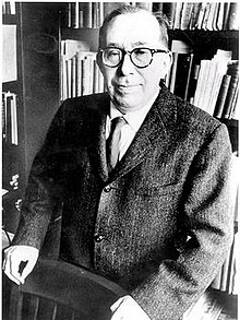
Publication details
Publisher: Springer
Place: Berlin
Year: 2016
Pages: 115-133
Series: Law and Philosophy Library
ISBN (Hardback): 9783319331287
Full citation:
, "Arriving at justice by a process of elimination", in: Hans Kelsen in America, Berlin, Springer, 2016


Arriving at justice by a process of elimination
Hans Kelsen and Leo Strauss
pp. 115-133
in: Hans Kelsen in America, Berlin, Springer, 2016Abstract
The aim of this paper is to compare two authors: Hans Kelsen and Leo Strauss. More specifically, it will compare Kelsen's "What is Justice?"—his Farewell Lecture given at Berkeley in 1952—and Leo Strauss's Natural Right and History—one of the main works on political philosophy published in twentieth century America. Both are key texts dealing with the same subject, justice. Although the two texts were written around the same time by authors who shared a similar history (they both immigrated to the United States to escape Nazism), they seem to defend radically opposed points of view. However, despite and beyond their otherwise real differences, the two texts articulate the same important idea: if one wants to think about political issues, one has to address the question of justice. This chapter will attempt to illustrate through a comparison of these two texts the importance of addressing the question of justice, especially in our modern democracies.
Cited authors
Publication details
Publisher: Springer
Place: Berlin
Year: 2016
Pages: 115-133
Series: Law and Philosophy Library
ISBN (Hardback): 9783319331287
Full citation:
, "Arriving at justice by a process of elimination", in: Hans Kelsen in America, Berlin, Springer, 2016


